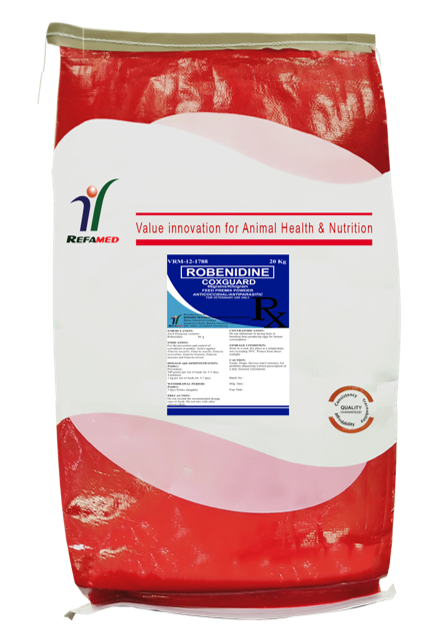
Impact of Third Quarter Syndrome on Poultry Production
By: Aljean Tesorero, DVM, REFAMED ReCheckThe poultry industry has been facing different challenges every year, production operation is getting more intensive. Experts in animal health and nutrition aim to improve production performance to satisfy consumer demand. One of the major factors that affect Poultry production is environmental change, especially during the months of July to September, which is commonly called Third Quarter Syndrome (TQS). Changes in season particularly in a tropical country like the Philippines bring more hot and humid conditions, thus, affecting the storage and quality of raw materials used in feeds. This favors the growth of mycotoxins such as Aflatoxin, DON, Ochratoxin, and Trichothecene or T2. These toxins have a negative effect on the immune system of animals. It affects the function of different organs more importantly the kidney and liver which are vital in blood filtration. Continuous exposure of birds even at the low level of aflatoxin, ochratoxin, trichothecenes, and fumonisin can impair the immune system, thus, making the animals prone to infectious diseases.
One critical stage affected by TQS is on brooding of day-old chick, where good health and nutrition foundation is needed. During brooding, managing temperature and humidity inside the building is difficult, particularly in a conventional setup. Outside environment condition affects the amount of feeding and with the added mycotoxin problem, TQS critically affects gut development, growth performance, and overall health of birds. Also, during this period farm environment is very conducive to viruses and bacteria leading to the breakout of diseases. With this scenario, TQS has a significant impact on the development of birds affecting the growing cycle and Feed Conversion Rate (FCR) in broilers as well as the egg laying rate and longevity in layers.
There are ways to prevent TQS such as good management must be properly implemented and monitored. Providing optimum temperature during the brooding stage in poultry can help maintain body heat requirements, thus, maximizing the potential performance of the animals. Proper ventilation can prevent the build-up of high ammonia levels inside the building which could prevent the respiratory problem. Also, giving supplementation of electrolytes to maintain body homeostasis, vitamins C & E, and other supplemental feed additives like Organic Selenium, Nucleotides to boost their immune system can help during the growing period. Lastly, monitoring of raw materials and random inspection of incoming raw materials to ensure mycotoxin level is within acceptable range before using in feeds. A broad-spectrum toxin binder is highly recommended to prevent mycotoxicosis in farm animals. And, proper storage of feeds with spacing and pallets, and practicing FIFO (first in, first out) must be implemented. In addition, multi-enzyme in feed is usually used to improve nutrient utilization of birds by increasing the digestibility of raw materials even during seasons when poor quality of raw materials is inevitable.
TQS exhibits a seasonal pattern that affects farmers’ production and profitability but preparing ahead of time with good management, health, and nutrition can improve birds’ wellness and performance.




Comment
1